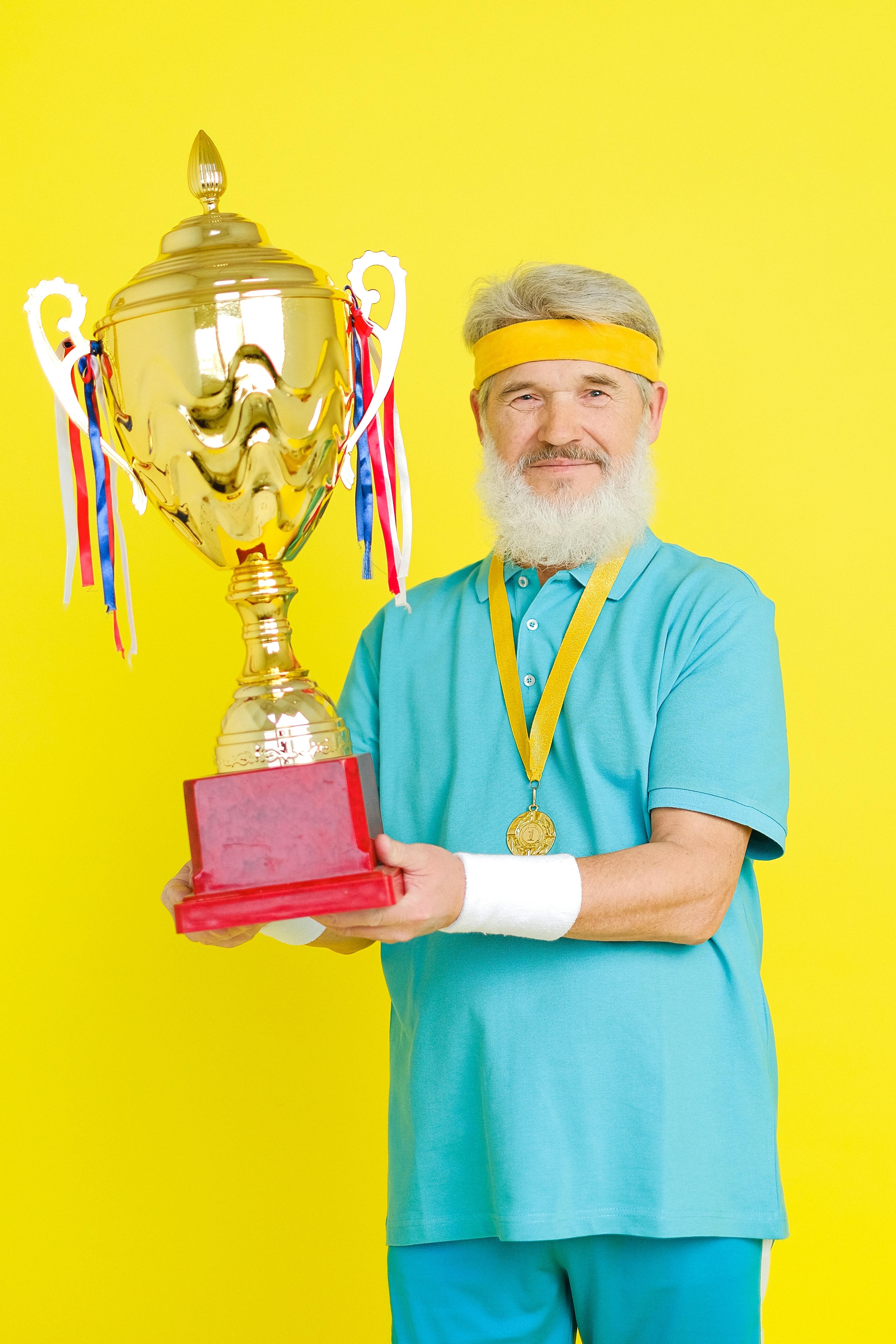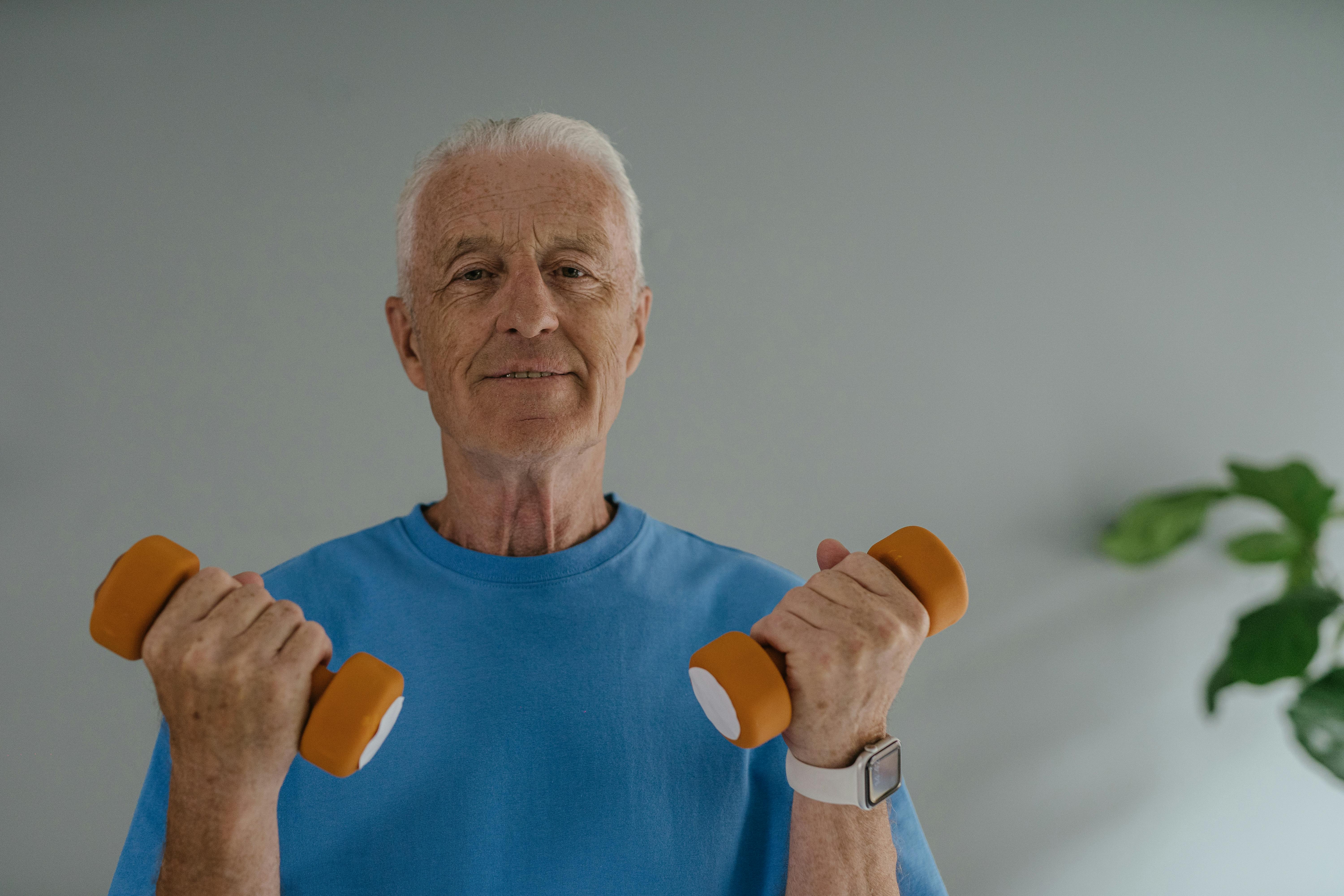Capturing the Essence of Senior Sports Photos: A Complete Guide
Senior sports photos are more than just pictures; they capture the passion, dedication, and milestones of athletes at the peak of their high school or college careers. Whether you’re a photographer or an athlete, understanding how to take meaningful, impactful sports photos can create lasting memories. In this guide, we will explore key techniques, best practices, and creative approaches to senior sports photography, helping you immortalize these precious moments in stunning images.

Understanding the Fundamentals of Senior Sports Photography
To take compelling senior sports photos, it’s crucial to first understand the fundamental concepts behind sports photography. Senior athletes are often portrayed in action, during pivotal moments that reflect their abilities, emotions, and the sport they love. Knowing how to capture these moments requires understanding light, timing, and composition.
The importance of good senior sports photography goes beyond the photograph itself; it is about preserving memories and showing off the athlete’s hard work and dedication. As technology advances, the ways in which these images can be captured also evolve, bringing more opportunities for unique and dynamic shots.
1.1 Lighting and Timing
Proper lighting is essential to achieving high-quality senior sports photos. Natural light, if available, provides the best results. However, when working in low-light environments such as indoor gyms, professional lighting equipment may be necessary to avoid grainy photos. Additionally, capturing the athlete’s peak moments requires precise timing. It’s about waiting for that split second when everything aligns—an athlete making a play, the crowd cheering, or an intense focus on the game.
One popular technique for sports photographers is using burst mode to shoot multiple frames per second. This increases the chance of catching that perfect moment, whether it’s a jump shot in basketball or a winning touchdown in football.
1.2 Composition and Framing
Composition and framing can make or break a photo. When photographing senior athletes, it’s important to think about the story you want the image to tell. A close-up of a player’s face can convey emotion and determination, while wide shots can showcase the grandeur of the game and the athlete’s role in it. Avoid clutter in the background that can distract from the subject, and use the rule of thirds to create balanced and visually interesting images.
Another great compositional technique is the use of leading lines, which guide the viewer’s eye towards the athlete. Whether it’s the lines of the basketball court or the goal posts in football, these lines can help emphasize the movement of the subject.
Practical Implementation Guide
Now that we understand the fundamentals, let’s dive into how you can implement these principles in real-life situations. Whether you’re photographing a senior athlete for a personal project or professionally, here are actionable steps you can follow to ensure your photos stand out.

2.1 Actionable Steps for Capturing Stunning Senior Sports Photos
- Step 1: Prepare for the shoot by understanding the sport and the athlete’s role. This helps you anticipate key moments and get the best shots.
- Step 2: Choose the right camera settings. For action shots, a fast shutter speed (1/1000 or higher) is essential to freeze motion and avoid blur.
- Step 3: Capture both posed and action shots. While the athlete in action is essential, don’t forget to take portraits during downtime to capture emotion and personality.
2.2 Overcoming Common Photography Challenges
Photographers often face challenges like unpredictable weather, changing lighting conditions, or the athlete’s movement speed. Here are a few common obstacles and how to overcome them:
- Challenge 1: Low light conditions indoors – Solution: Use a higher ISO setting to compensate for low light, or bring in external lighting to illuminate the scene.
- Challenge 2: Fast-moving athletes – Solution: Use continuous focus mode to keep the athlete sharp as they move across the frame.
- Challenge 3: Distractions in the background – Solution: Shoot with a shallow depth of field (wide aperture) to blur the background and keep the athlete in focus.
Advanced Applications in Senior Sports Photography
Once you’re comfortable with the basics, it’s time to explore advanced techniques that can elevate your senior sports photos even further. These methods involve more specialized equipment, creative lighting, and composition skills to truly make your photos stand out.

3.1 Using Motion Blur for Dynamic Shots
One advanced technique to capture the energy of senior athletes is incorporating motion blur. This effect can be achieved by slowing down your shutter speed (around 1/60 to 1/125) while panning the camera with the athlete’s movement. This creates a dynamic sense of motion while keeping the subject relatively sharp, giving the viewer the feeling of being right there in the action.
For example, a soccer player sprinting across the field might leave a trail of blur in the background, emphasizing their speed. This technique adds drama and excitement to the photo.
3.2 Working with Flash for Night Games
For evening games or poorly lit sports fields, flash photography is a useful tool. However, using a flash in sports photography requires finesse. A direct flash can be harsh and unflattering, so using off-camera flash or a diffuser will produce softer, more natural lighting. The key is to balance the flash exposure with the ambient light to ensure the athlete stands out without overexposing the background.
Future Outlook in Senior Sports Photography
As sports photography continues to evolve, emerging technologies like drone photography and 360-degree cameras are opening new possibilities. Drones offer unique aerial shots that can capture the full scope of a game, while 360-degree cameras enable immersive experiences for fans and athletes alike. These technologies provide new ways for senior athletes to showcase their skills from perspectives that were once impossible.
In the next few years, expect more advanced editing tools and apps to be integrated into the sports photography process, making it easier to enhance your images and produce stunning final results. The future of senior sports photography is exciting, and staying on top of these trends will ensure that you remain a top-tier photographer in this niche field.
Conclusion
To recap, senior sports photos are a powerful way to commemorate an athlete’s achievements and passion. By mastering the fundamentals, applying advanced techniques, and staying ahead of emerging trends, you can create stunning, meaningful images that athletes will cherish for years to come.
If you’re ready to take your senior sports photography to the next level, start practicing with the tips and techniques outlined in this guide. Remember, every moment in sports is a story waiting to be captured, and with the right approach, you can turn these moments into lasting memories.
Frequently Asked Questions
- Q: What is the best camera for senior sports photos? DSLR and mirrorless cameras with fast autofocus and high frames per second are ideal for capturing fast action.
- Q: How do I avoid blurry photos when photographing athletes? Use a fast shutter speed (at least 1/1000) to freeze motion and ensure sharpness.
- Q: How long does it take to get good at sports photography? It varies, but with consistent practice and understanding the game you’re photographing, you’ll improve within a few weeks to months.
- Q: Is sports photography expensive? The cost can range from budget-friendly to expensive, depending on the equipment you use (e.g., lenses, cameras, lighting equipment).
- Q: How does sports photography differ from traditional portrait photography? Sports photography focuses more on action, movement, and capturing key moments, while portrait photography is static and staged.
- Q: What is the hardest part about photographing senior athletes? The biggest challenge is timing—capturing the perfect moment when the athlete is in action.
- Q: Can sports photography be used for senior yearbooks? Absolutely! Many schools incorporate sports photography into senior yearbooks to showcase athletes and their accomplishments.
